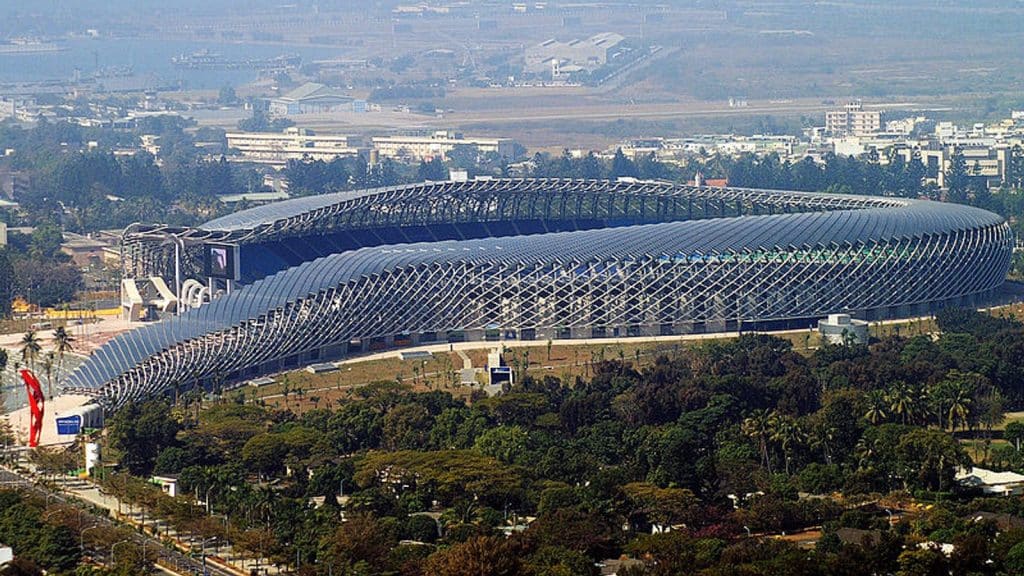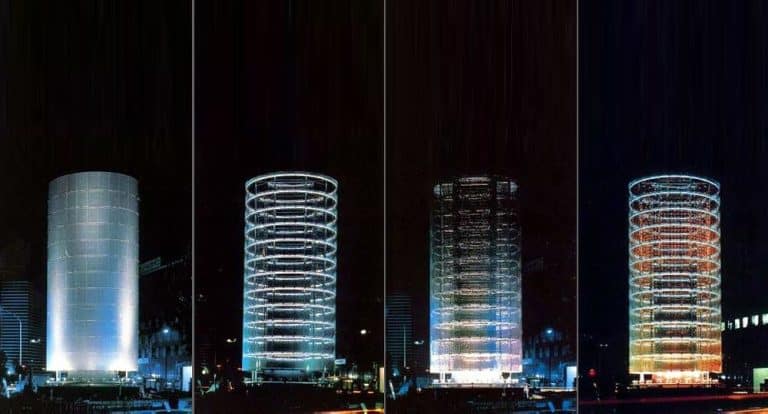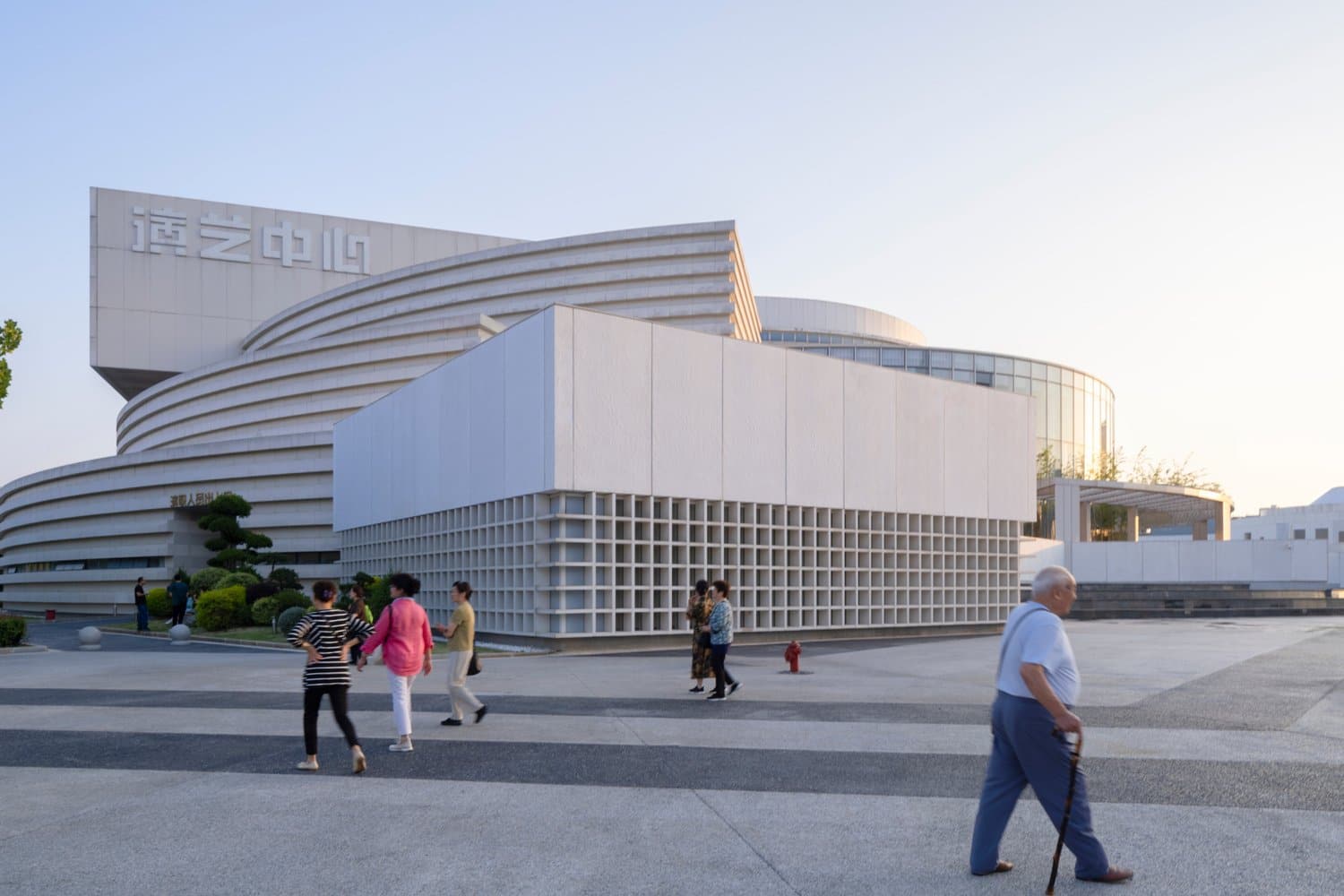Toyo Ito: Architecture Between Reality and Imagination
Toyo Ito is one of the most influential contemporary architects who has significantly contributed to shaping modern architectural philosophy. He is known for his unique style that blends the virtual world with physical space, transforming them into architectural environments that reflect the balance between humans and nature.
In this article, we explore Toyo Ito’s architectural vision, his major works, and his impact on global architecture, followed by an analysis of both the strengths and challenges associated with his approach.

The Philosophy Behind Toyo Ito’s Architecture
Toyo Ito believes that architecture should not be limited to structural design but must express human sensory and material needs. His work emphasizes the emotional connection between people and their surroundings.
One of the core ideas in his philosophy is the belief that “all architecture is an extension of nature.” This concept drives him to integrate natural elements such as light, air, and water into his designs, creating light and flexible spaces that evoke a sense of belonging and psychological comfort.

Key Projects and Achievements
Ito has delivered numerous projects that have helped establish his reputation as an influential architect globally. Some of his notable works include:
| Project | Location | Year | Key Features |
|---|---|---|---|
| Todoroki Municipal Library | Tokyo, Japan | 2000 | Thin columns resembling trees; strategic use of natural light |
| Tochigi Museum of Fine Arts | Kanagawa, Japan | 2008 | Interwoven rings mimicking water movement |
| Serpentine Pavilion | London, UK | 2002 | Lightweight mesh structure allowing visual transparency |
These projects demonstrate Ito’s ability to combine simplicity with advanced technology, making them a source of inspiration for many in the field of architecture.

Awards and Global Recognition
In 2013, Toyo Ito was awarded the Pritzker Prize, one of the highest honors in architecture. The jury described his work as reflecting “a spirit of optimism, lightness, and joy,” praising his ability to merge individuality with universality in design.
The jury stated:
“Ito’s work offers a poetic and innovative approach to architecture, where he constantly redefines the relationship between space and its users.”
ArchUp’s Perspective: Analysis and Critique
Despite the widespread acclaim for Toyo Ito’s work, there are several points worth discussing from a critical standpoint:
- Functionality : While aesthetically pleasing, some of his designs may face challenges in meeting everyday user needs, especially in public buildings.
- Costs : Implementing such designs often requires advanced technologies and high-quality materials, which can lead to higher construction costs.
- Sustainability : Although he integrates natural elements, more emphasis could be placed on full environmental sustainability in some of his projects.
Nevertheless, what Ito achieves helps expand the boundaries of architecture and encourages engineers to think beyond conventional frameworks—an essential step for the evolution of the field.

Summary Table of Key Points
| Point | Explanation |
|---|---|
| Architect Name | Toyo Ito |
| Birth Year | 1941 |
| Nationality | Japanese |
| Architectural Approach | Conceptual architecture, simulation city concept |
| Major Award | Pritzker Prize (2013) |
| Core Philosophy | Architecture as an extension of nature; expressive of human senses |
| Notable Works | Todoroki Municipal Library, Tochigi Museum of Fine Arts, Serpentine Pavilion |
| Common Characteristics | Lightness, optimism, blending virtual and physical worlds |

Frequently Asked Questions (FAQ)
What makes Toyo Ito’s architecture unique?
His work is characterized by lightweight structures, open spaces, and a strong focus on the relationship between humans and their environment.
Has Ito worked outside Japan?
Yes, he has completed projects in countries like the UK, France, and Taiwan, showing his global influence.
What philosophy guides his designs?
He believes architecture should be an extension of nature and reflect human emotions and real-life needs.
Did he receive any awards besides the Pritzker?
Yes, he has won several national and international awards, including the Praemium Imperiale in Architecture and the AIA Honorary Fellowship.
How do his ideas influence future architecture?
His concepts encourage experimentation and emphasize the human aspect, opening new possibilities for innovation and development in architecture.







